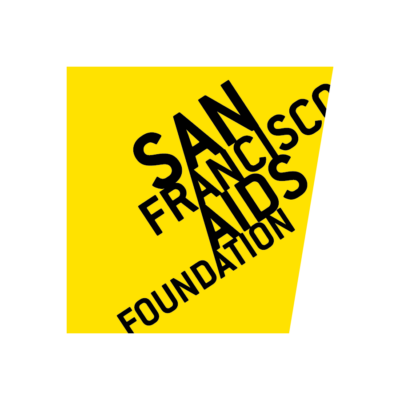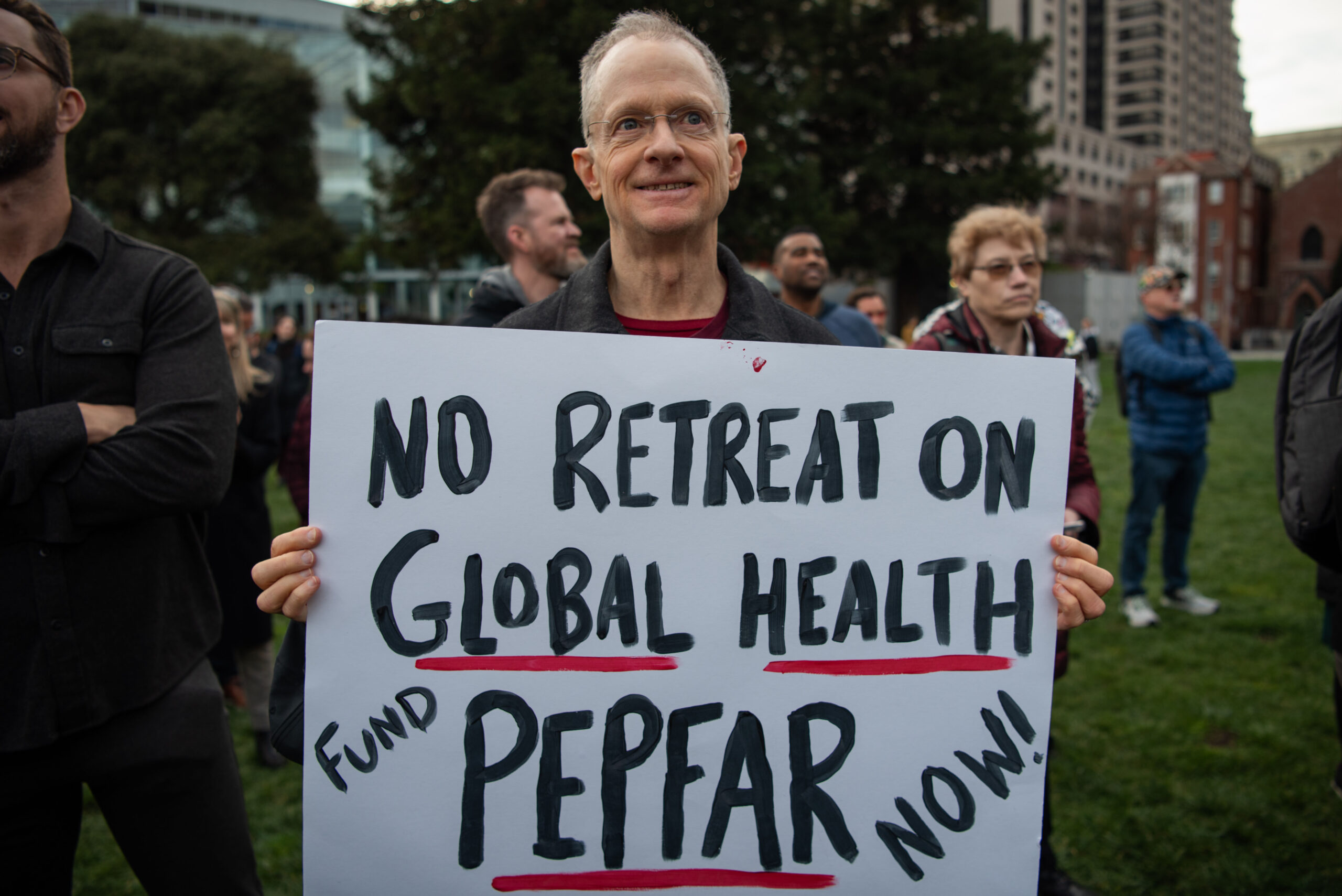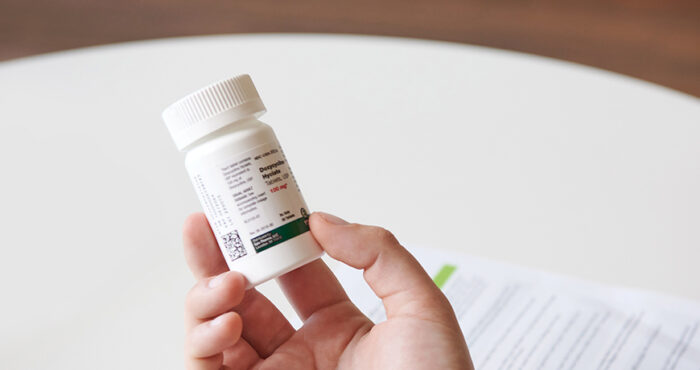Slight decline in new SF HIV infections in 2022; disparities persist
Bella Mungioli, media@sfaf.org
Emily Land, eland@sfaf.org
SAN FRANCISCO, December 5, 2023–Today, San Francisco’s yearly HIV Epidemiology report for 2022, summarizing trends and data on new diagnoses, prevention, AIDS-related deaths, engagement in HIV care, and other HIV and AIDS outcomes was released by the San Francisco Department of Public Health’s Population Health Division. Although the number of new HIV diagnoses among San Francisco residents in 2022–a total of 157–represents a slight decline from the previous year, the report notes that fluctuations in HIV diagnoses in recent years are likely to be a result of Covid-19-related changes in HIV testing. Other disparities in HIV prevention and care were evident for people of color, people experiencing homelessness, cisgender and trans women, and people who use drugs.
“There are important take-aways in this report for the city and also for organizations such as San Francisco AIDS Foundation who serve people at risk of and living with HIV,” said Tyler TerMeer, PhD, CEO of SFAF. “We are making progress in getting to zero new HIV infections, thanks to innovations in PrEP and many ways we reach people with easy-to-access HIV services. But there are great needs for some of our most vulnerable communities–communities that San Francisco AIDS Foundation prioritizes in our programs and services. Now is the time to stand strong behind evidence-based investments in syndemic approaches to address HIV, hepatitis C, and overdose.”
Encouragingly, the report reveals that the vast majority of people (97%) living with HIV in San Francisco are aware of their status–a reflection of the many accessible and free HIV testing services in San Francisco. Most San Franciscans (80%) living with HIV received some HIV care in the previous year, and 90% of newly-diagnosed people were linked to care within one month. Nearly three-quarters (73%) of people living with HIV in San Francisco are virally suppressed, which improves health and also prevents transmission.
Pre-exposure prophylaxis (PrEP) coverage is high in San Francisco, with an estimated three-quarters of all people who may benefit from PrEP using this method of HIV prevention. PrEP is available as an oral medication taken daily or on an as-need “on-demand” basis, and also more recently as a long-acting “injectable” delivered every other month. San Francisco AIDS Foundation’s PrEP program, which serves around 3,000 clients yearly, screened a total of 1,759 people for PrEP in 2022, ultimately enrolling 65% of those onto PrEP.
It is evident that Black, Indigenous, and people of color (BIPOC) communities are disproportionately affected by HIV and AIDS, with disparities increasing year-after-year. The majority (70%) of new HIV infections in 2022 were among BIPOC communities. Last year, 43% of new infections were among Latinx residents (an increase from 27% in 2013), and despite making up less than 5% of San Francisco’s population, 15% of new HIV infections were among Black and African American residents. These disparities call attention to systemic barriers such as racism and discrimination, and point to the need for strong community and healthcare services that prioritize these populations.
Other notable disparities are apparent among people who inject drugs, who experience the lowest viral suppression rates and also make up one-fifth (20%) of new HIV infections. The percentage of cisgender and transgender women experiencing new cases of HIV has nearly doubled in the last decade, and people experiencing homelessness are also making up an increasing share of new HIV infections (17% in 2022, an increase from 8% in 2013).
# # #









